The coolant flow rate is an important parameter to be calculated when designing an autonomous heating system. This value is taken into account when selecting a circulation pump, radiators, boiler and other types of heating equipment. If the calculation of the coolant flow rate is performed incorrectly, in the future it can lead to negative consequences.
- Firstly, the system may not be able to cope with the load, because of which the rooms will be insufficient temperature even when the boiler and pump are turned on at full capacity.
- Secondly, the circulation pump, working at the limit of possibilities, can wear out faster and fail.
To avoid these and other troubles, it is necessary to thoroughly study the concept of the mass flow rate of the coolant and learn how to calculate this value.
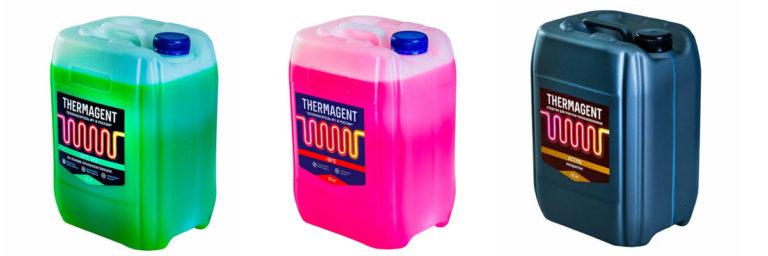
Article content
What is coolant flow rate
This characteristic determines the volume of working fluid that must flow every second through radiators, boiler or pipes, so that the system provides the required heat transfer and creates a comfortable temperature regime in the premises. Based on this definition, the hot fluid flow rate is calculated in kilograms per second (kg/s). For example, if the calculations yielded a result of 10 kg/s, it means that for one second through an arbitrary point of the heating circuit should flow 10 kilograms of water or special antifreeze. If the actual flow rate of the coolant in the heating system is lower than the calculated one, less heat energy will be supplied to the radiators. Accordingly, they will be heated to a lower temperature, and the rooms will not be able to establish an optimal temperature regime.
What the coolant flow rate depends on
According to the theory, the calculation of the coolant flow rate for the heat load is carried out taking into account three main parameters: the design capacity of the system, the heat capacity of the working fluid and the temperature difference between the inlet and outlet of the boiler. Each of these characteristics, in turn, depends on many other factors. For example, the design capacity is determined by the area and volume of heated rooms, the quality of thermal insulation, the local climate, and others. The heat capacity of the heat transfer medium depends on its chemical composition. The temperature difference may decrease or increase depending on the characteristics of the heating batteries and their number, the material of the pipes, the capacity of the circulation pump, etc. In order to correctly determine the flow rate of the heat transfer medium according to the heat load, each of the three listed values should be considered in more detail.
Design capacity of the heating system
This indicator should not be confused with the boiler output. The design capacity of the system is calculated individually for each building, taking into account many different parameters:
- materials of walls, ceilings and floors, their thermal conductive properties and heat capacity;
- the specifics of the climate in a particular region, the average annual temperature;
- the number of radiators to be installed and their characteristics;
- heat losses in pipes;
- required room temperature, etc.
Based on the calculated design capacity, a heating boiler with appropriate characteristics is selected. As a rule, the boiler unit capacity is selected with a reserve in case of unforeseen situations: abnormal frosts, installation of additional batteries, etc.
Type and properties of the coolant
Most often in autonomous heating systems use distilled water or special antifreeze – Thermagent. The first option allows you to save the budget, but water quickly becomes contaminated with external substances, causes the formation of internal deposits and promotes the development of corrosion. Its heat capacity is 4200 J/kg-K, by this indicator, water surpasses any other liquid. Heating antifreezes, such as Thermagent, are alcohol-based and contain ethylene glycol or propylene glycol. In terms of specific heat capacity, they are absolutely not inferior to ordinary water and surpass it in all other parameters. Firstly, such compositions have a gentle effect on radiators, boilers, circulation pumps and pipes, which prevents premature repairs. Secondly, Thermagent does not cause corrosion and provides reliable protection of metal surfaces. Thirdly, such liquids have a low crystallization temperature, which excludes freezing of the liquid during a planned or emergency shutdown of the boiler in frosty weather.
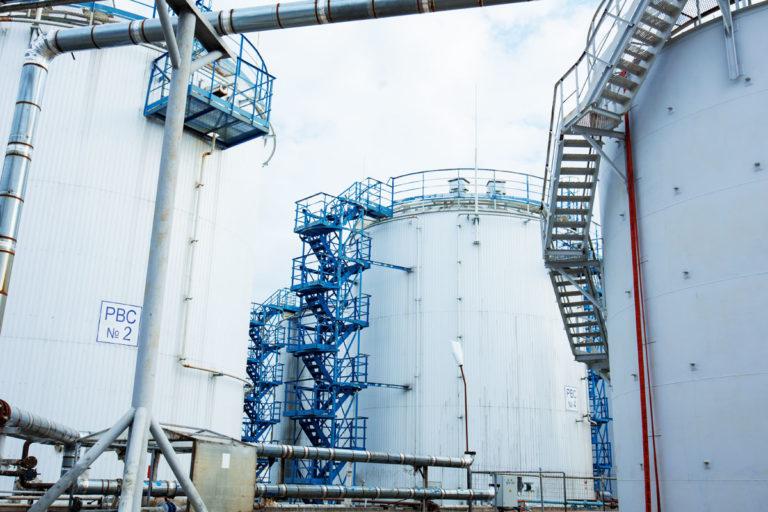
What affects the heat output
When designing heating networks, it is mandatory to calculate the heat output of batteries, pipes and other elements of the system. In practice, this is reflected in the temperature difference between the inlet and outlet of the boiler. When heated antifreeze leaves the boiler unit, it gives part of the accumulated heat energy to radiators, pipes and circulation pump. Accordingly, it cools down slightly after it has completed a full circle. The cooled antifreeze then returns to the boiler through the inlet pipe, is reheated to the set temperature, and the cycle repeats. The temperature difference between the boiler inlet and outlet directly affects the coolant flow rate. If the fluid circulates faster through the circuit (e.g. when the circulation pump is on full power), it will flow through the radiators faster. Accordingly, the coolant will cool down less in less time. The temperature difference will be greater the higher the heat output of the radiators and the greater the number of radiators in the system. By flowing through five radiators, the fluid will cool down more than by flowing through three similar radiators in the same amount of time.
Engineering Formula
When designing a heating system, the formula most often used is the fluid flow rate m = Q / (Cp × Δt). The value Q is the design capacity of the system. Cp is the specific heat capacity of the liquid used as a heat transfer medium. It can vary significantly for different antifreezes. To find out the specific value, it is necessary to read the documentation for the coolant or catalog description. This information can also be obtained from the manufacturer of the material.
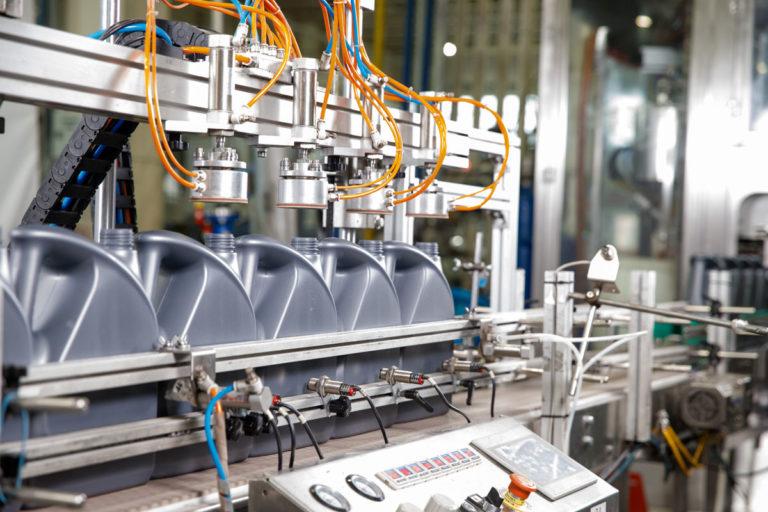
To avoid errors, it is necessary to observe the same order of input parameters. For example, if the power Q is specified in kW, the specific heat capacity should be entered into the formula in kJ/kg-K. Correspondingly, if Q is specified in watts, the dimension of heat capacity should be J/kg-K without the prefix “kilo”.
Let’s give a simple example. The calculated power of an autonomous heating system is 50 kW. Instead of ordinary water, a coolant with a specific heat capacity of 0.9 kJ/kg-K is poured into the circuit. The temperature difference between the inlet and outlet pipes of the boiler is 10 degrees. In this case, the calculated flow rate of the coolant will be equal to 50/0,9-10 = 5,56 kg/s.
Additional coefficients
The formula m = Q/(Cp × Δt), described above, in its original form can be used only in idealized conditions, when the heating of the house is not affected by external factors. In practice, such situations are impossible because heat inevitably escapes through walls, windows, ceilings and floors. Different building materials (brick, wood, concrete, etc.) have different heat transfer resistance values. In calculations, the following coefficients are often used:
- 1,33-1,56 – the walls of the building are constructed of a wooden bar with a thickness of 200-240 mm;
- 1.4 – the walls are made of decorative brick and have a thickness of 65 cm;
- 1.28 – for brickwork 65 cm thick with an internal air cavity;
- 1.13 – the walls are made of bricks, masonry is 65 cm thick, and there is no air gap;
- 1.0 – the room has clean floors, under which there are wooden planks or ground;
- 0,9 – this coefficient is used in thermal calculations for attics covered with steel corrugated sheeting, tiles or asbestos cement;
- 0,8 – for attics with similar coverings, but with solid flooring;
- 0.75 – for buildings whose roofs are covered with roll roofing;
- 0.7 – this resistance value is for internal walls adjacent to unheated rooms without external walls;
- 0.6 – for premises with basements located below the ground surface or up to 1 m above it;
- 0,4 – similar to the previous point, but neighboring rooms have external walls.
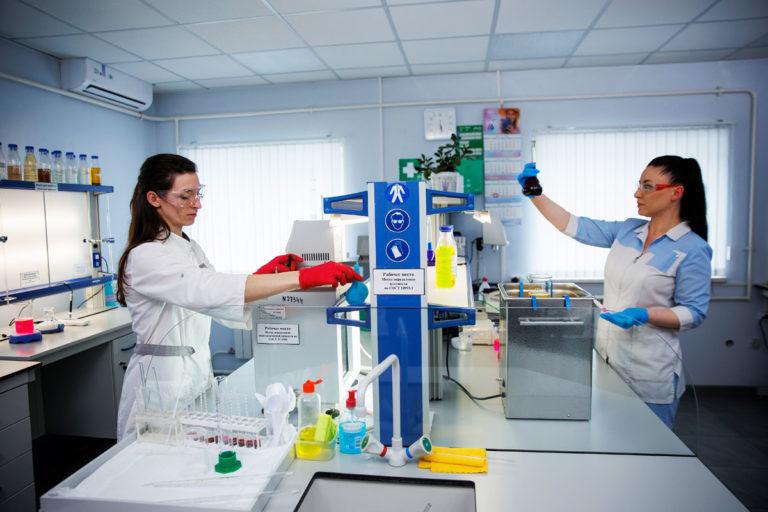
The specified coefficients are added to the denominator of the formula m = Q / (Cp × Δt). Thus, the final formula will be m = Q / k (Cp × Δt), where k is the heat transfer resistance parameter.
Selection of the circulation pump according to the flow rate of the heat transfer medium
In the technical characteristics of circulation pumps, as a rule, the flow rate is indicated in liters per minute (l/min). In the formula described above, the result is specified in kilograms per second (kg/s). Accordingly, to select the pump unit, simple conversions must be made. First, the amount of antifreeze should be calculated not in kilograms, but in liters. To do this, the result obtained should be divided by the density of antifreeze. For example, if the liquid has a density of 1.06 g/cm3, then the flow rate in liters from the above calculation will be equal to 5.56/1.06 = 5.25 l / s. Secondly, instead of seconds, minutes should be used. To do this, multiply the result by 60. In this example, the flow rate will be 5.25-60 = 315 l/min. Taking into account the possible error, the pump should be selected with some reserve capacity, for example, 330-350 l/min.
Coolant flow rate through the radiator
In most cases, the flow rate is calculated in order to select a suitable circulation pump. But it is also worth considering when choosing heating radiators. The fact is that the flow rate of antifreeze in the heating system is proportional to the speed of the fluid flow. The stronger the pressure in the pipes, the higher the pressure. The corresponding pressure will also be present in the radiators. Each type of radiator has a maximum allowable pressure. If this is exceeded, the radiator may depressurize and leak. This is especially critical if the heat is supplied to panel type radiators. Such radiators can withstand less pressure than sectional radiators. Therefore, panel radiators should be installed if the flow rate through the radiator is relatively low.
Volume of coolant in the system
When making calculations and designing a heating system, it is not enough to know how to calculate the flow rate of the coolant. It is also necessary to take into account the volume of working fluid in the heating circuit. This parameter must be calculated in order to purchase a sufficient amount of antifreeze and avoid refilling. The total volume of coolant in the system is made up of three components:
- the capacity of the heat exchanger in the boiler;
- volume of radiators;
- volume of pipes.
The first two values can be found in the technical documentation for the boiler and radiators. Most boiler units have heat exchangers designed for 3-7 liters. Solid fuel models are more capacious and hold up to 25 liters of antifreeze. The capacity of radiators depends on the size of the sections or panels, as well as their number and design. On average, one section of a cast-iron battery holds 1.5 liters of liquid, bimetallic – 0.3 liters, aluminum – about 0.4 liters.
What to consider when calculating the volume of antifreeze
Calculating the total capacity of pipelines is quite simple. If the system uses pipes of the same size, it is enough to measure their internal diameter and total length. The volume is calculated by the formula V = π × r2 × L, where π = 3,14, L – the length of the pipelines, and r – the radius of the internal cross-section of the pipe (half of its diameter). To avoid errors, length and radius should be measured in the same dimension – for example, in meters. If the cross-section is measured in millimeters, the length should also be specified in mm, and the calculated volume will be measured in cubic millimeters (mm3). To convert cubic millimeters to liters, divide the result in mm3 by 1,000,000. For ease of calculation, typical values for standard pipe sizes can be used. The list below shows the values in this order: pipe size in inches, internal diameter and volume per meter length.
- 1/2, 15 mm – 0.177 l/m;
- 3/4, 20 mm – 0.314 l/m;
- 1, 25 mm – 0.491 l/m;
- 1 1/2, 40 mm – 1.257 l/m;
- 2, 50 mm – 2.467 l/m.
Consider an example. The system uses a boiler with a 6 liter heat exchanger, 10 radiators with a capacity of 4 liters each and 50 meters of 3/4 inch piping. The total volume of the system will be 6 + 10 × 4 + 50 × 0.314 = 61.7 liters.
What coolant to use in the system
In order for the system of autonomous heating to effectively perform its functions, it is important not only to correctly calculate the flow rate of the coolant, but also to correctly select its composition and properties. Using ordinary water, even well purified, is not recommended. It can lead to premature boiler breakdowns and early wear of radiators, as well as to the formation of clogs in the pipes. It is necessary to pour into the circuit special antifreeze – Termagent, which should have the following properties.
Sufficient heat capacity. From this characteristic depends on the ability of the liquid to accumulate thermal energy and transfer it from the boiler to the heating batteries.
Chemical neutrality. Substances that make up the coolant should not enter into chemical reactions with metals, plastic, rubber and other materials used in boilers, radiators, pumps, pipes and seals.
Freeze Resistance. Ordinary water begins to turn to ice at zero temperature. If the boiler is turned off during the winter for lack of use or due to a breakdown, the liquid can freeze and rupture the pipes, radiators and boiler heat exchanger from the inside. This is due to the fact that ice has a density 10% less than water in the liquid state. Special heating antifreezes have high frost resistance. For example, ethylene glycol thermomagent crystallizes at -65 °C.
Safety. The vapors of the heat transfer fluid must not pose a threat to human health. This is critical because the working fluid can vaporize and spread indoors through leaks, open expansion tank lids and other means. The content of volatile toxic substances in the composition of heating antifreeze is unacceptable.
Read more about how to fill the heating system with thermal agent.
Conclusion
The correct choice of antifreeze and accurate calculation of the flow rate of the coolant – one of the key conditions for stable and efficient operation of the heating system. Quality fluid will provide quality heat exchange and comfortable microclimate in the premises, and the correct calculation of the flow rate will allow you to select a circulation pump with the most suitable technical characteristics.

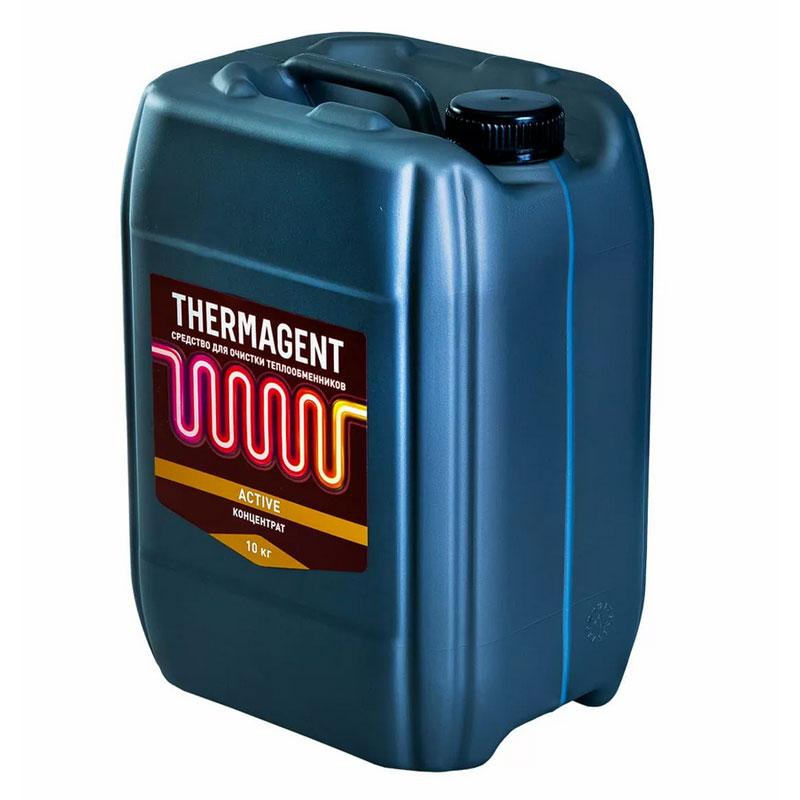
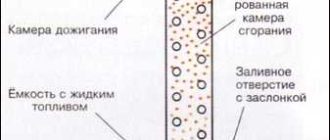
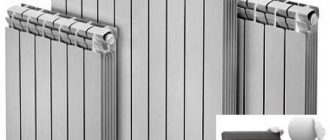
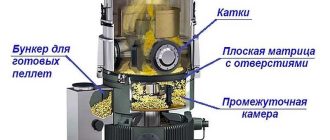
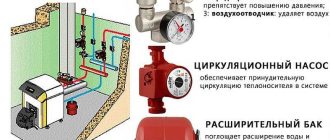
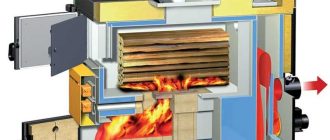
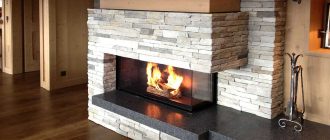
Calculating coolant volume can be a bit tricky, but it’s super helpful! I once tackled a radiator issue by using this method, and it worked like a charm. Just measure those dimensions right, and you’ll keep your system running smooth. Totally worth it!